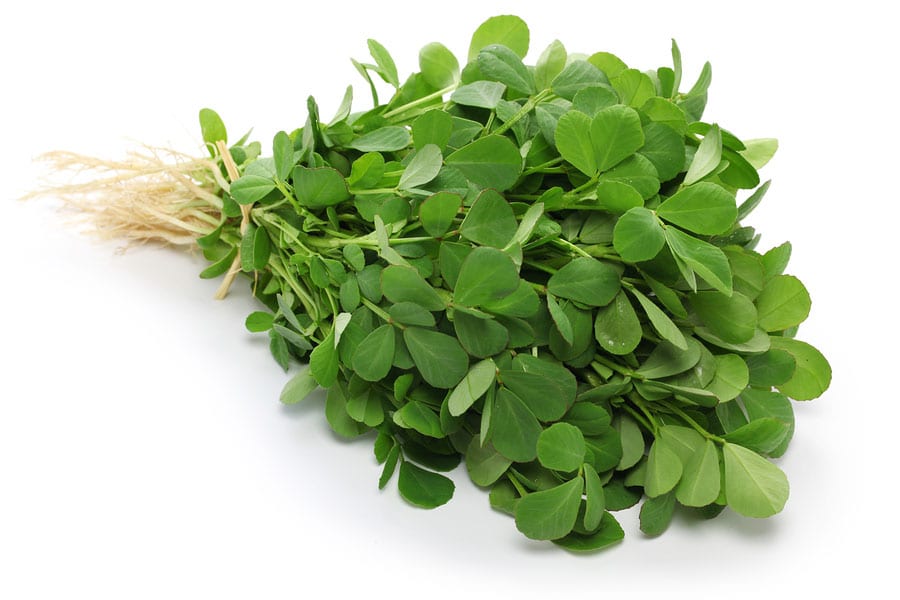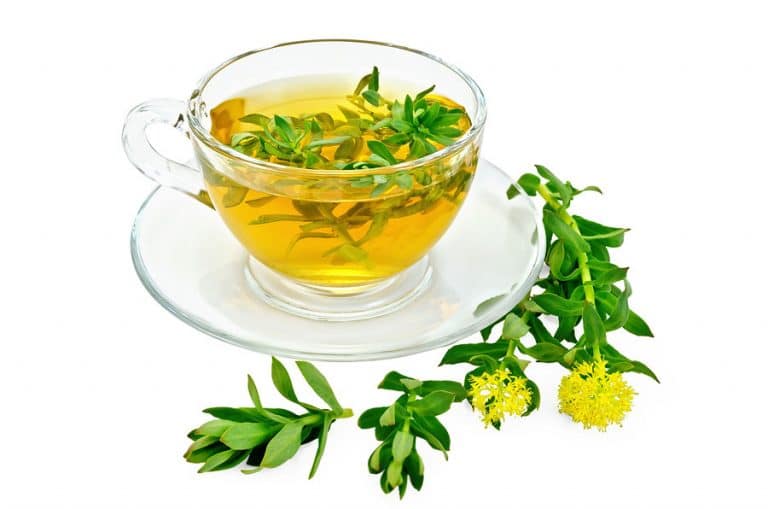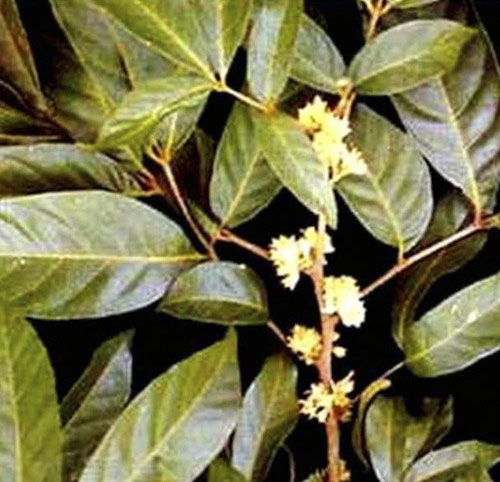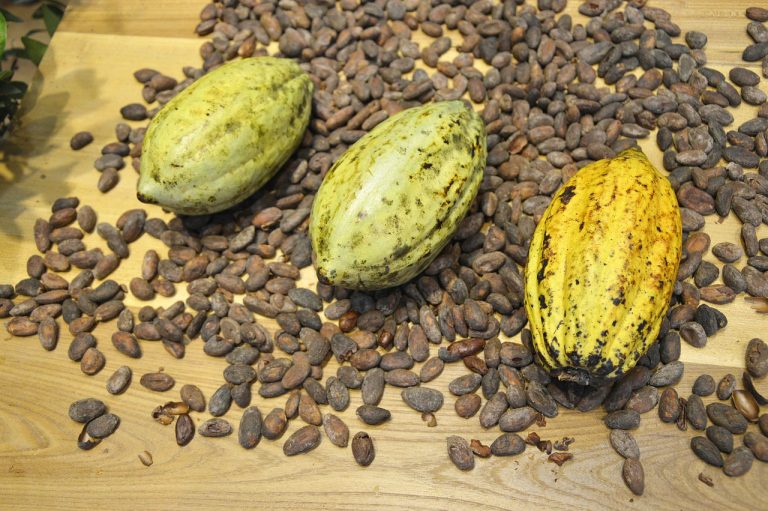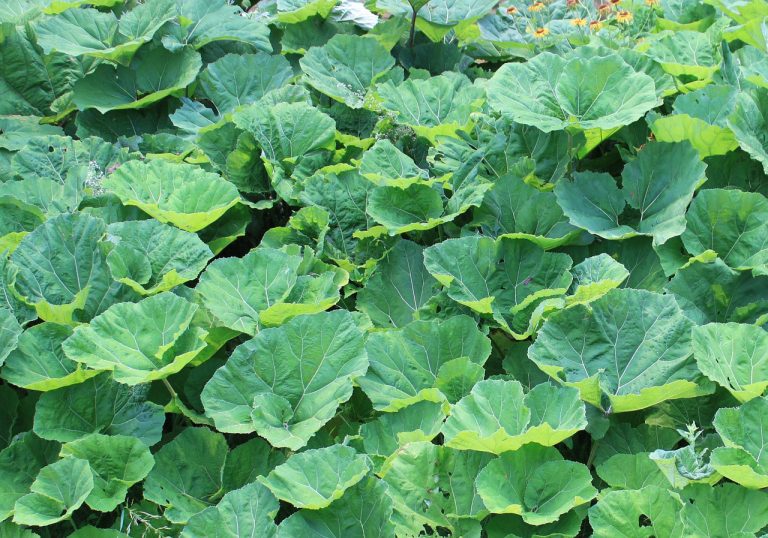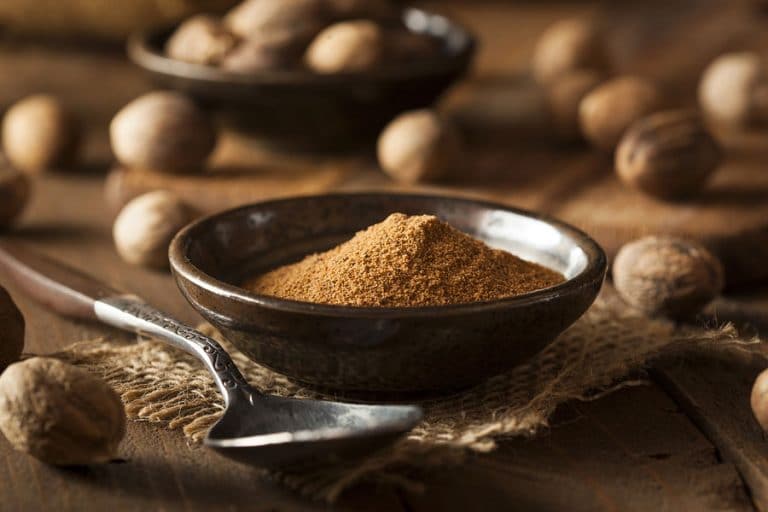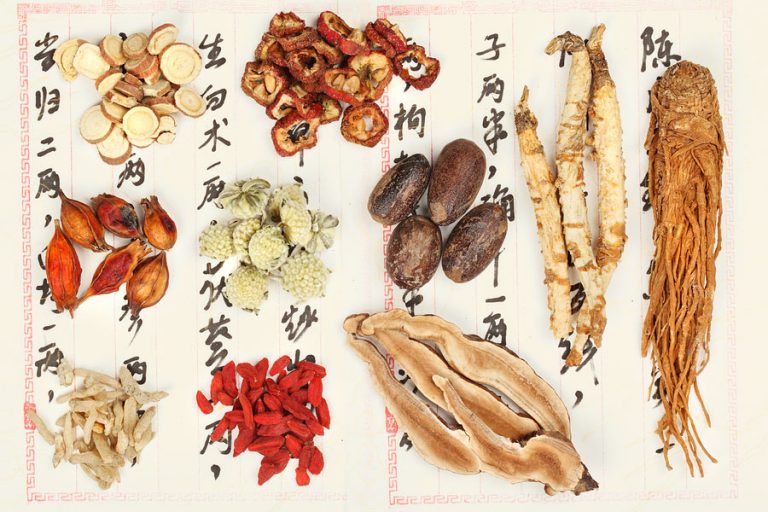Fenugreek
Scientific Classification
| Kingdom: | Plantae |
| Order: | Fabales |
| Family: | Fabaceae |
| Genus: | Trigonella |
| Species: | T. Foenum-Graecum |
Fenugreek is s plant of the Fabaceae family. It is an annual plant. As a semiarid crop, it is cultivated worldwide. It is one of the finest herbs and has the ability to balance hormone levels, which helps it to prevent menopause and PMS. It has cleansing properties, and it is regularly used as a cleansing agent. It is an ingredient in Indian curries. Fenugreek is a herbaceous plant that bears light green leaves and small white flowers. Its seeds are the most vital part that consists of medicinal properties. They are flat, yellow-brown, and have a pungent smell and bitter taste. It has originated from the Mediterranean region, southern Europe, and western Asia.
History
The Fenugreek Herb contains Diosgenin. It has a long history as a breast enlarger. It is believed that Near East this herb was introduced into cultivation. In ancient times, it was a popular herb used for both medicinal and culinary purpose. The father of medicines, Hippocrates, considered Fenugreek as a treasured soothing herb, whereas Dioscorides used it for treating genital inflammation. In those days, tea made with these seeds was given to lactating mothers to increase their milk flow. In India the colloquial name of fenugreek in Methi. The botanical name of this herb is Trigonella Foenum Graecum. It is a rich source of minerals, iron and vitamins. The leaves and seeds are included in the diet of the family of Indians and other neighboring countries. It was one of the spices used by Europeans for embalming. Greeks and Romans used it as a cattle fodder. The word Fenugreek derives from a Latin term Foenum-graecum which means Greek hay. It was grown in the imperial gardens of Charlemagne.
Anatomy
The leaves of the fenugreek herb consist of oblong leaflets and also have small, inconspicuous ones that are three in number. It has compound leaves which are dark green in color. It bears pea-like white flowers that bloom in summer. Fenugreek seedpod consists of ten to twenty small, flat and aromatic seeds. The seeds have a unique odor and are brown in color. Each seed is about 5mm long and oblong with a deep furrow that divides it into two unequal portions. The seeds and leaves of this herb are edible parts that have medicinal as well as food value. The leaves and seeds contain Phosphorus, calcium, and Vitamin C. It is a good diet for pregnant women, growing kids, elder members of the family and girls reaching puberty. Its juice helps in reducing weight and also helps in the improvement of the liver function.
Habitat
The countries which produce fenugreek are India, Nepal, Iran, Pakistan, Afghanistan, France, Egypt, Spain, Morocco and Turkey. India is the largest producer of the Fenugreek herb. Major producing states of India are Gujarat, Rajasthan, Uttar Pradesh, Uttarakhand, Punjab, Maharashtra, Haryana and Madhya Pradesh. Rajasthan produces about 80% of all of Indias output. This wide distribution of cultivation is a proof of its ability to thrive in different climatic conditions and growing environments. It thrives well in areas having moderate to low rainfall. It prefers a temperate to cool climate with less temperature. It is capable to thrive in 10 to 15 degree C of frost.
Soil
Well drained and fertile soil is ideal for the fenugreek herb. It also likes slightly acid to neutral soil. It grows well in sandy, loamy and drained loamy soil. Heavy clay soil is not good for it. Lime application in some solid acidic condition may be necessary. A pH value of 5.3 to 8.2 is preferable to this herb.
Temperature and Humidity
The Fenugreek herb can grow in areas where the amount of rainfall is low. It grows well in areas where the summer temperature is high. In Rajasthan, it grows in high quantity where temperature is very high during the summer season.
Planting
Fenugreek herb grows about 60 cm (2 feet) in height. It has long and yellow seed pods and white or yellow flowers. Before sowing the seeds, soak it in water for one day. Then sprinkle the seeds in the prepared bed. While planting, the seeds have to be sown at a depth of less than ¼ inch. Add a little water to the sown seeds, but care should be taken not to pour water excessively as it may cause the seedlings to die. It should be planted indoors in mid spring and outdoors in late spring. It should be planted outside only when the temperature of the soil reaches approximately 60F. Provide sufficient sunlight to grow. The seed may sprout rapidly within 2 to 3 days
Watering
Fenugreek herb is a drought resistant. It can survive with less water. But watering is necessary for good growth. It also requires partial sunlight. Avoid over watering, or the Fenugreek roots may rot..
Harvest
The Fenugreek herb has to be harvested in mid and early fall. And dry them in the same season. They have to be stored in airtight containers in a dark and dry spot. After planting, it is ready to harvest in 3 to 5 months. This is harvested by uprooting.
Care
The most important care for fenugreek tree is keeping its bed free from weeds. Cover the soil with dry leaves or sawdust to prevent the birds from picking the seeds and it will also help to prevent the growth of weeds. Its productivity is increased with the addition of phosphate fertilizer and Potash. Also provide a proper drainage hole in the pot in which it is sown because this herb may get affected by over watering.
Pest and Disease
Cercospora leaf spot is a disease of fenugreek herb. It causes fungus. Charcoal rot is another disease. By this disease, canker may spread upwards. Powdery mildew pest causes white spots on the leaves. Aphids also attack this herb. They may cause leaves to turn yellow and also secrete a sugary and sticky substance on them.
Uses
The Fenugreek herb is used in the treatment of breast cancer and blood sugar. Its antioxidants help in Prevention of disease and they slow the ageing process. In the kidneys, it helps to reduce the amount of Calcium Oxalate. To relieve gout pain and muscle ache it has been applied as a warm poultice. The plant is also used in the treatment of sore throat, skin irritation, and fever, wounds of swollen glands, bronchitis, diabetes and ulcers. Its cooked leaves are used in the treatment of indigestion. It gives relief to stomachache due to indigestion, inflammation of the stomach (gastritis), constipation and upset stomach. It is believed to decrease certain blood levels like cholesterol level, fat level and sugar level. It is a proven herbal property of Fenugreek to increase milk flow in nursing mothers. Its leaves are a popular vegetable in India.

Having discovered a fondness for insects while pursuing her degree in Biology, Randi Jones was quite bugged to know that people usually dismissed these little creatures as “creepy-crawlies”.

